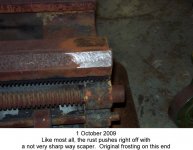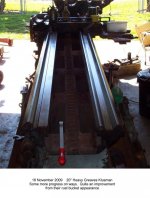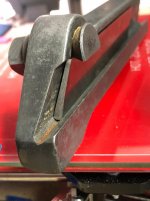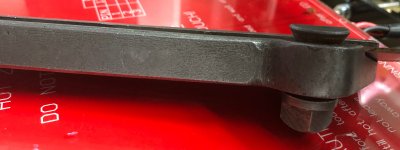3v0
Plastic
- Joined
- Oct 18, 2017
- Location
- Oklahoma Panhandle USA
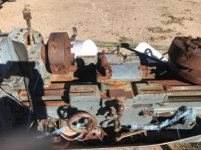
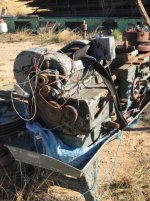
First post & first metal lathe. According to the previous owner it has a 16 inch swing and is about 10 feet long. There is a large 220V motor on the upper drive which sits atop a tower. It has a faceplate, steady rest, and 3 & 4 jaw chucks. The exposed gears and chuck jaws look good. There are shims, maybe 4, in the headstock. The bed is very sturdy so I'm hoping its still true.
The lathe has been sitting outside for 10 years. The wind blows sand into everything so I need to tear it down to clean and lube. If the original paint is halfway decent I may try to save it. I've about given up on finding manuals for this lathe but by the time I have it cleaned up I should know what the controls do.
The questions:
What is the best approach to cleaning up the bed ways?
What is thing with the crank in the center of this image?
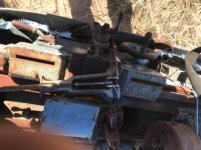
I am watching lathe rebuilds on YouTube.
Any advice is welcome.
Howard


